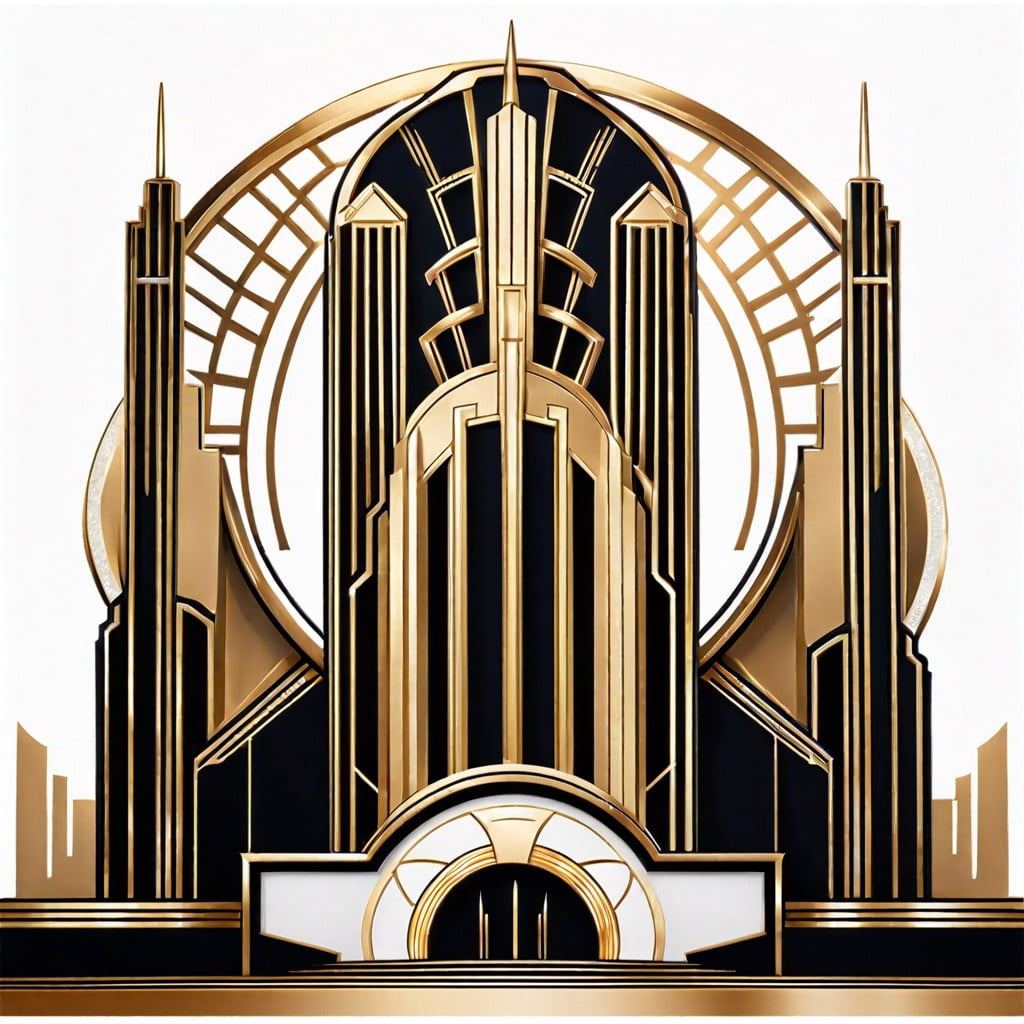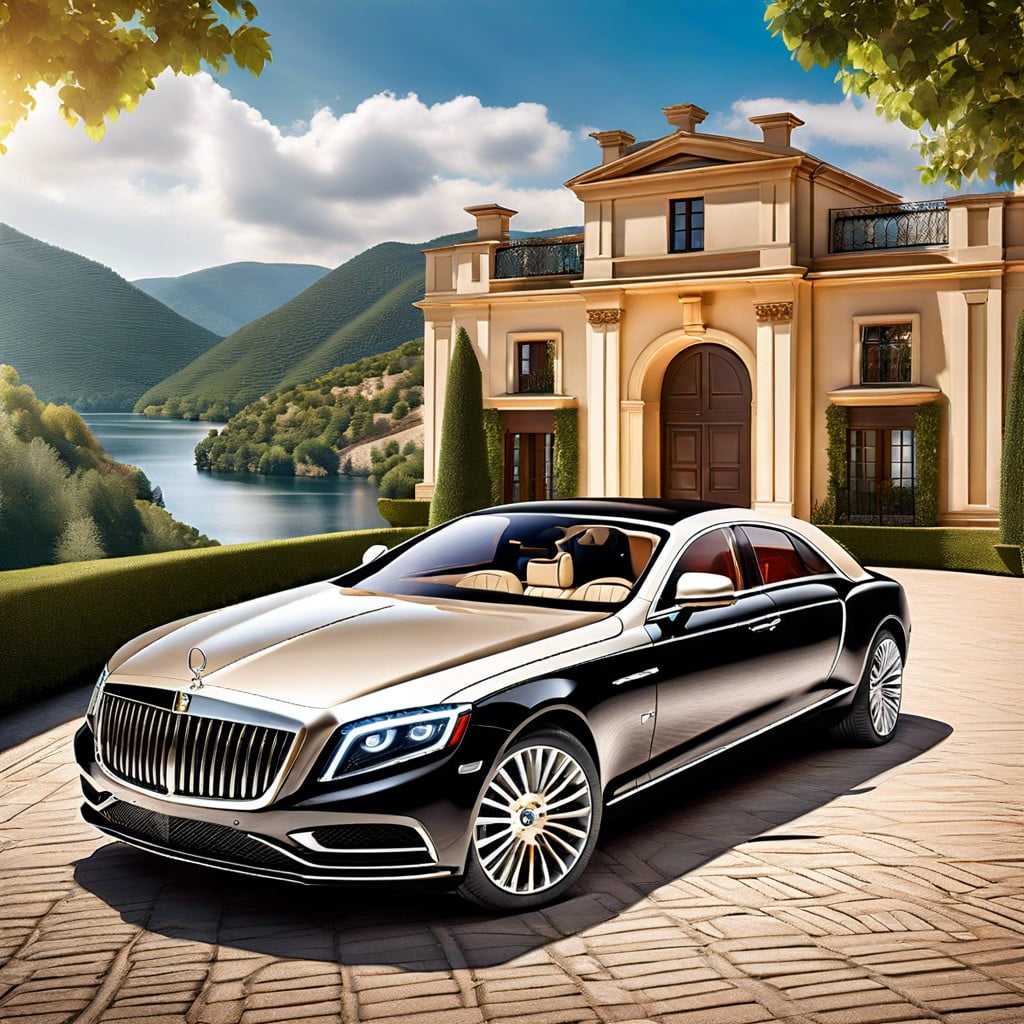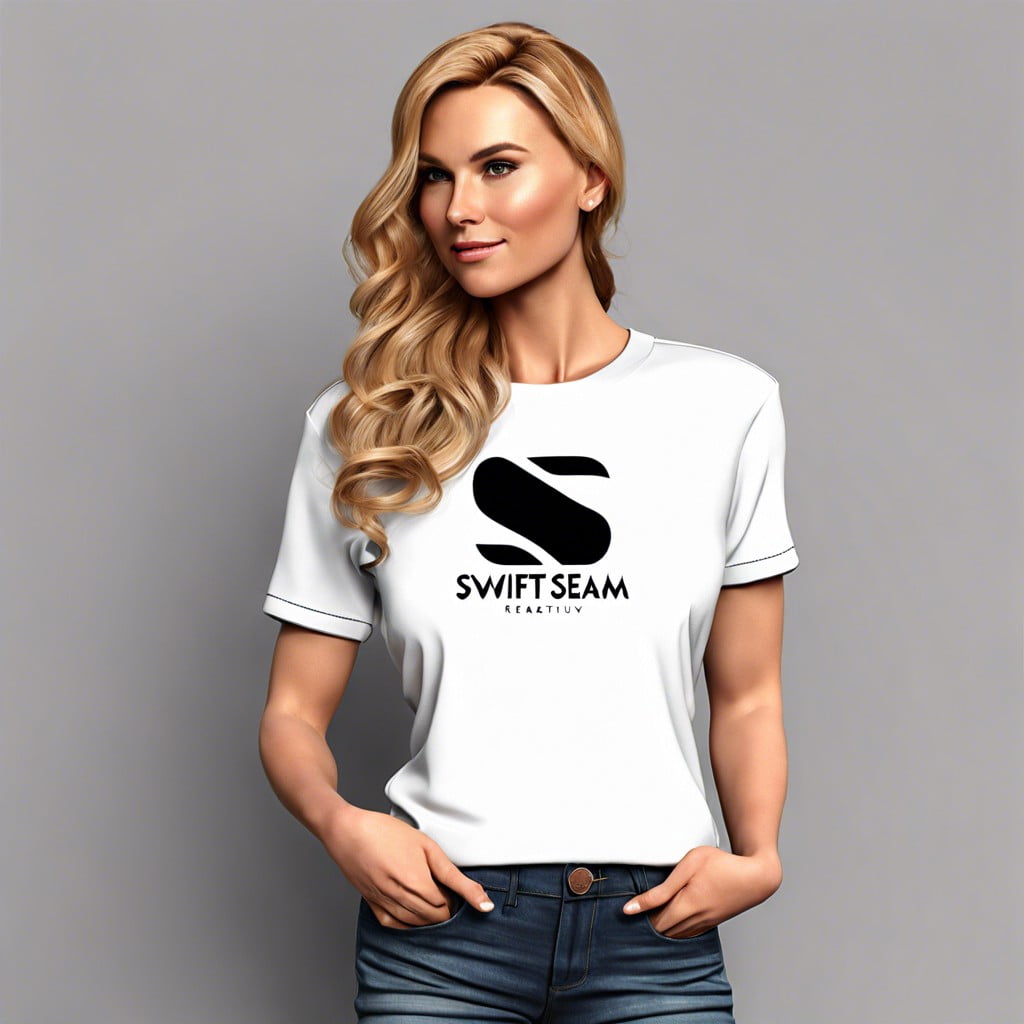This article provides an insightful look into the world of luxury watches, highlighting their craftsmanship, value, and how to select the perfect timepiece for your collection.
Key takeaways:
- Luxury watches are crafted with extreme attention to detail and can take months or years to complete.
- Swiss automatic movements are highly prized for their intricacy and self-winding capability.
- Iconic luxury watch models include the Rolex Submariner, Audemars Piguet Royal Oak, Patek Philippe Nautilus, Omega Speedmaster Professional, and Cartier Tank.
- Luxury watches have investment potential based on brand prestige, limited editions, condition, market trends, and initial purchase price.
- The future of luxury watches includes sustainability, smart functionality, vintage market surge, customization, and digital engagement.
History and Craftsmanship of Luxury Watches

The origins of luxury timepieces date back to the 15th century, with the advent of wearable clocks. By the 18th century, European watchmakers had begun refining watch mechanisms with an unparalleled focus on precision and design. Swiss craftsmanship, in particular, became synonymous with the highest standards in watchmaking; a tradition that persists to this day.
Each luxury watch houses a complex movement that represents a pinnacle of engineering. These movements, either mechanical or automatic, are made with extreme attention to detail and can comprise hundreds of tiny parts, all assembled by hand. The meticulous process, often taking months or years to complete, justifies the premium status and price.
Renowned luxury watchmakers like Audemars Piguet, Patek Philippe, and Rolex, not only emphasize the functionality of their pieces but also their aesthetic appeal. From the choice of materials like gold, platinum, and diamonds to the finish on the watch face, every element combines to create a wearable work of art.
The craftspeople who produce these watches are a testament to the art of watchmaking. Horologists and master craftsmen work in tandem, often using techniques passed down through generations, ensuring each watch is both an instrument of time and a testament to enduring craftsmanship.
The Importance of Movement in Luxury Watches
The movement, often referred to as the “heart” of the watch, is a pivotal element that differentiates luxury timepieces. It’s responsible for the function and precision of a watch.
Swiss automatic movements are highly prized for their intricacy and self-winding capability. Powered by the wearer’s motion, they exemplify fine engineering, negating the need for batteries.
Manual movements, on the other hand, demand interaction from the wearer through winding. This traditional approach is cherished for the tactile relationship it fosters between the watch and its owner.
Quartz movements, recognized for their accuracy and low maintenance, are less revered among luxury watch enthusiasts. Despite this, some luxury brands have elevated quartz watches through exceptional craftsmanship and materials.
Components such as the balance wheel, escapement, and jewels are vital. The number of jewels – synthetic rubies – within, indicate a movement’s complexity and potential for reduced friction.
The finishing of these components is equally essential. High-end watches exhibit meticulous decoration on their movements, visible through transparent case backs, adding to their allure and value.
In-house movements developed by watch manufacturers themselves are symbols of Horological mastery, often increasing a watch’s prestige and worth.
Chronometer certification indicates a watch’s accuracy. Watches that bear this title have undergone rigorous testing by official bodies such as COSC (Contrôle Officiel Suisse des Chronomètres).
Clearly, understanding the movement is essential when appreciating the value and artistry of luxury watches.
Iconic Luxury Watch Models
Rolex Submariner: Conceived in 1953, this dive watch has become emblematic for its rugged sophistication and unsurpassed water-resistance. Its aesthetic appeal, combined with technical prowess, makes it a staple for collectors and aquatic enthusiasts alike.
Audemars Piguet Royal Oak: A paradigm shift in luxury watch design, the Royal Oak redefined sports watches with its octagonal bezel when introduced in 1972. Its steel construction and intricate bracelet command high regard and are often associated with prestige.
Patek Philippe Nautilus: Another brainchild of legendary designer Gerald Genta, the Nautilus, released in 1976, is prized for its unique porthole design and balanced proportions, symbolizing casual elegance in the luxury timepiece domain.
Omega Speedmaster Professional: Known as the “Moonwatch” since its lunar voyage on Apollo 11 in 1969, the Speedmaster’s robust mechanism and chronograph functionality cater to both astronauts and horologists, solidifying its place in history.
Cartier Tank: Aptly named for its resemblance to military tanks, the Tank’s classic rectangular design has adorned wrists since 1917. Its clean lines and Roman numeral dials offer an air of sophistication, revered by watch connoisseurs and fashion-forward individuals alike.
These models represent the pinnacle of craftsmanship, design, and enduring value in the luxury watch industry. Each piece is an heirloom, transcending temporal tastes and epitomizing the artistic mastery inherent in high horology.
Investment and Resale Value of Luxury Watches
Luxury watches often transcend mere timekeeping to embody wearable investments. Their potential to hold or increase in value depends on several key factors.
Brand prestige plays a pivotal role. Timepieces from storied houses like Patek Philippe, Rolex, and Audemars Piguet typically maintain or appreciate in value due to brand recognition and demand.
Limited edition models or watches with a notable history, such as those formerly owned by celebrities, can command higher resale prices. The exclusivity and story attached to such pieces make them highly sought after by collectors.
The condition of a luxury watch impacts its investment potential. Pristine, well-maintained watches with original parts and documentation often fetch higher prices compared to those that have undergone significant repairs or alterations.
Market trends should be considered as well. Certain styles or complications go through periods of high demand, and keeping abreast of these trends can inform buying or selling decisions.
Lastly, the initial purchase price and point of sale are important. Buying at retail can mean a slower start to potential appreciation, while purchasing pre-owned may offer a more immediate upside.
Understanding these factors can help in making informed decisions about purchasing and selling luxury watches as investments.
The Future of Luxury Watches: Trends and Forecasts
Continued innovation is reshaping the landscape of luxury watches, blending traditional craftsmanship with modern technology. As sustainability becomes increasingly paramount, watchmakers are exploring eco-friendly materials, along with ethical sourcing for their timepieces. These developments ensure luxury watches not only retain their value but also appeal to environmentally conscious consumers.
Smart functionality is also being integrated selectively into luxury designs, providing wearers with advanced features while maintaining the classic aesthetic. Brands are tactfully embedding connectivity such as health tracking and notifications into their prestigious models.
The vintage market is witnessing a surge, with collectors and aficionados valuing the heritage and provenance of older models. This trend reinforces the fact that luxury watches are viewed not just as timekeepers, but storied objects of art.
Customization and personalization are becoming key differentiators as brands offer bespoke services. Customers can now have a more active role in creating a watch that reflects their individual style and preferences.
Lastly, the digital experience is reshaping how consumers interact with luxury watch brands. From virtual showrooms to online consultation services, the digital approach is enhancing client engagement while amplifying the exclusivity and personalized attention that characterize the luxury watch industry.





